GUSTAFSON DETAILS FLIPPING TACTICS AND TECHNIQUES
from The Fishing Wire

Gustafson flipping
Few presentations outproduce flipping when bass tuck tight into shallow cover. Such was the case at the 51st Bassmaster Classic, recently held on Lake Ray Roberts in North Texas. In the weeks leading up to the event, unrelenting rains caused the lake to swell, with high water inundating shoreline brush and trees and providing resident largemouth with nearly boundless opportunities to explore previously inaccessible cover.
“When these big southern reservoirs flood, incredible numbers of bass head for the bushes and stay there as long as the water remains high,” reflected Elite Series Pro and two-time Bassmaster Classic qualifier Jeff “Gussy” Gustafson.
“Typically, by the time June arrives, the best bite is usually offshore, where fish will bite on everything from football jigs to big crankbaits to topwaters – and that’s what I’d prefer to be doing. But the reality is, I’ll be spending lots of time flipping those flooded bushes to get the five quality bites I need each day.”
And flip, he did. By happenstance, I was paired with Gussy as his marshal on day 2 of the Bassmaster Classic, which afforded me the unique opportunity to spend the day observing – and dissecting – the mechanics and mindset of an elite angler competing in an apex-level event. I would be a student in Gussy’s flipping masterclass from the back deck of his Lund 2075 Pro-V Bass boat.
Gussy_2.jpg
Flipping is a short-range, shallow water technique that delivers a bait into heavy cover.
Flipping, of course, is a short-range, shallow water technique that delivers a bait into heavy cover. Anglers swing the lure on a pendulum-like cast and gently feather it into the water, minimizing surface disturbance as the bait plunges quickly to the bottom. “Flipping elicits a reaction strike,” noted the Kenora, Ontario native who won his first Bassmaster Elite Series event earlier in 2021 on the Tennessee River. “Bass will often pounce on the bait as it falls or right when it contacts the bottom; frequently, you’ll feel that fish as soon as you engage the reel and come tight to the bait. My routine is to drop to the bottom, giving the bait a couple shakes if I didn’t get bit on the way down, and then reel in and repeat.”
Gussy
Covering lots of water is the key to finding fishy targets.
With dozens of miles of flooded shoreline available, all brimming with fishy-looking bushes, where does one begin? Gussy remarked, “during practice, I’d start at one end of a long stretch of shoreline and flip my way to the other end. Invariably, there would be one or two key sections that provided consistent bites or larger average size. What makes those areas different from the miles of flooded bushes that aren’t attracting fish? Maybe it’s the bottom content; rocks attract more crayfish than does mud. Sometimes it’s the density of the vegetation; often, an isolated bush provides more consistent action than an uninterrupted line of greenery. Covering lots of water is the key to locating these fishy targets.”
While an individual flip doesn’t necessarily cover a lot of water, the rapid, rhythmic nature of the presentation allows anglers to survey significant territory during the fishing day. Out of curiosity, I counted the number of flips that Gussy made per minute while plying these flooded waters searching for Texas largemouth; each time I counted, Gussy flipped between six and seven times per minute. That’s at least 360 flips in an hour and closing in on 3000 flips for a solid eight-hour day of fishing. With Gussy at the helm, each flip was short, precise, and purposeful. A bush wouldn’t get just one flip; Gussy would flip to the left side, in front, to the right side, and often behind the shrub as well. “You just don’t know where that bass might be sitting or what direction it’s facing; so, you’ve got to cover all the options before moving on.”
Gussy
Gussy flipped up to 360 times each hour in search of quality Texas largemouth.
Precision boat control is an essential yet sometimes overlooked aspect of successful flipping. “I try to stay off the trolling motor as much as possible – just a quick touch of my Minn Kota Ultrex 112 here and there as needed – to avoid spooking these shallow fish,” remarked Gustafson. “I use the wind to push me along if I can, but often, that speed is just too fast to hit all the key casting targets. So if I find myself in a particularly fishy pocket, or when I need a minute to deal with a hooked fish or re-rig a bait, I deploy my twin Minn Kota Talon shallow water anchors to lock the boat in place.”
Gussy
Gussy flipped his way to success using a G. Loomis NRX+ rod paired with a Shimano Metanium reel.
The tournament day began with a broad selection of rods on the front deck of Gussy’s Lund, including rods rigged with a swim jig, a spinnerbait, and even a Texas-sized plastic worm. “Gotta keep ‘em honest,” quipped the Canadian cowboy. Truthfully, Gussy did throw those baits occasionally. Ultimately, however, Gussy caught all of that day’s fish using a flipping stick. His weapon of choice was a G. Loomis NRX+ 895C JWR – a 7’5” rod with extra-heavy power and fast action – equipped with a Shimano Metanium reel. “This combination is incredibly light and sensitive yet extremely powerful and durable. I can flip all day for a week and never have the slightest amount of arm fatigue. At the same time, once a fish bites, the NRX+ 895 rod has the power needed to bury the hook and to get the fish’s head turned quickly, while the 7.1:1 gear ratio Metanium winches it out of trouble.” Gussy spooled his Metanium with 50 lb test PowerPro braided line and threaded on a ⅜ oz Flat Out Tungsten flipping weight, held in place using a small rubber bobber stop. Then, Gussy tied directly to a Gamakatsu 3/0 Super Heavy Cover Flippin’ Hook using a snell knot.
Flipping lends itself to a wide range of lure choices, with creature baits being one of the frequently presented styles. As we waited out a two-hour storm delay, Gussy engaged his neighbor in the take-off line, Bassmaster Elite Series pro Chad Morganthaler, in some friendly dock talk as Gussy asked, “how am I going to flip my way to five keeper bites today?” Morgenthaler, a seven-time Bassmaster Classic qualifier, responded with one word: tubes. As it turned out, Gussy left his entire tube selection with his smallmouth bass gear at home near Ontario’s Lake of the Woods, so Morgenthaler reached into one of his compartments and gave Gussy a handful to try. “Each of us out here wants to see everyone succeed, and we try to help each other out anytime we can,” noted a thankful Gustafson as he rigged up his first borrowed tube.
Gussy
Tubes borrowed from two other Bassmaster Classic competitors let Gussy flip his way into championship Sunday.
Morgenthaler’s tubes would prove pivotal. By mid-morning, Gussy had three keeper fish in the livewell and had sorted through several members of the lake’s junior-varsity bass squad – but was down to a single tattered tube. Luckily, help was about to arrive as another Classic competitor, Seth Feider, idled into view. A quick exchange led to Feider recharging Gussy’s tube supply with a generous pile of green pumpkin-patterned baits. Those borrowed tubes helped Gussy capture a tournament limit of over 13 pounds that day and secure a berth in the Classic’s Sunday championship round.
GIve flipping a try the next time that high skies and high water push bass into shallow cover. Tips and tactics from Gussy’s masterclass will surely connect you with flipping success.
Gussy
Gussy’s tools and tactics will help connect you with flipping success.
#FishShimano
#FishGLoomis
#BassmasterClassic
About the author: Dr. Jason Halfen is a long-time guide, tournament angler, and specialist in marine electronics. He owns and operates The Technological Angler, dedicated to teaching anglers to leverage hi-tech tools to find and catch more fish. Learn more by visiting www.technologicalangler.com.
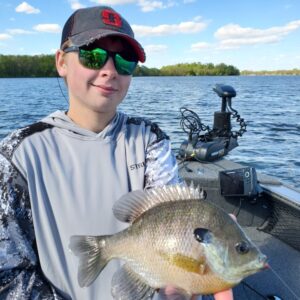

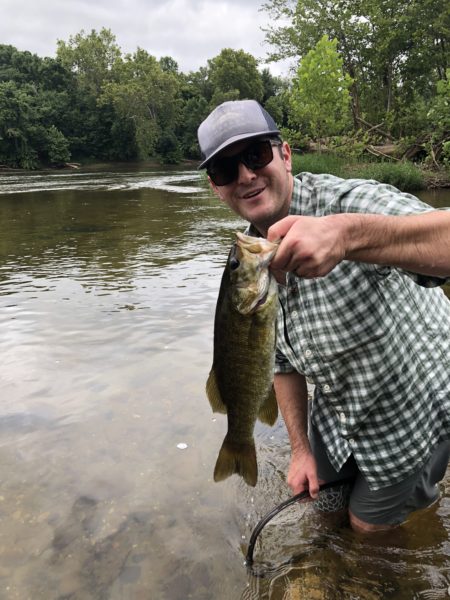
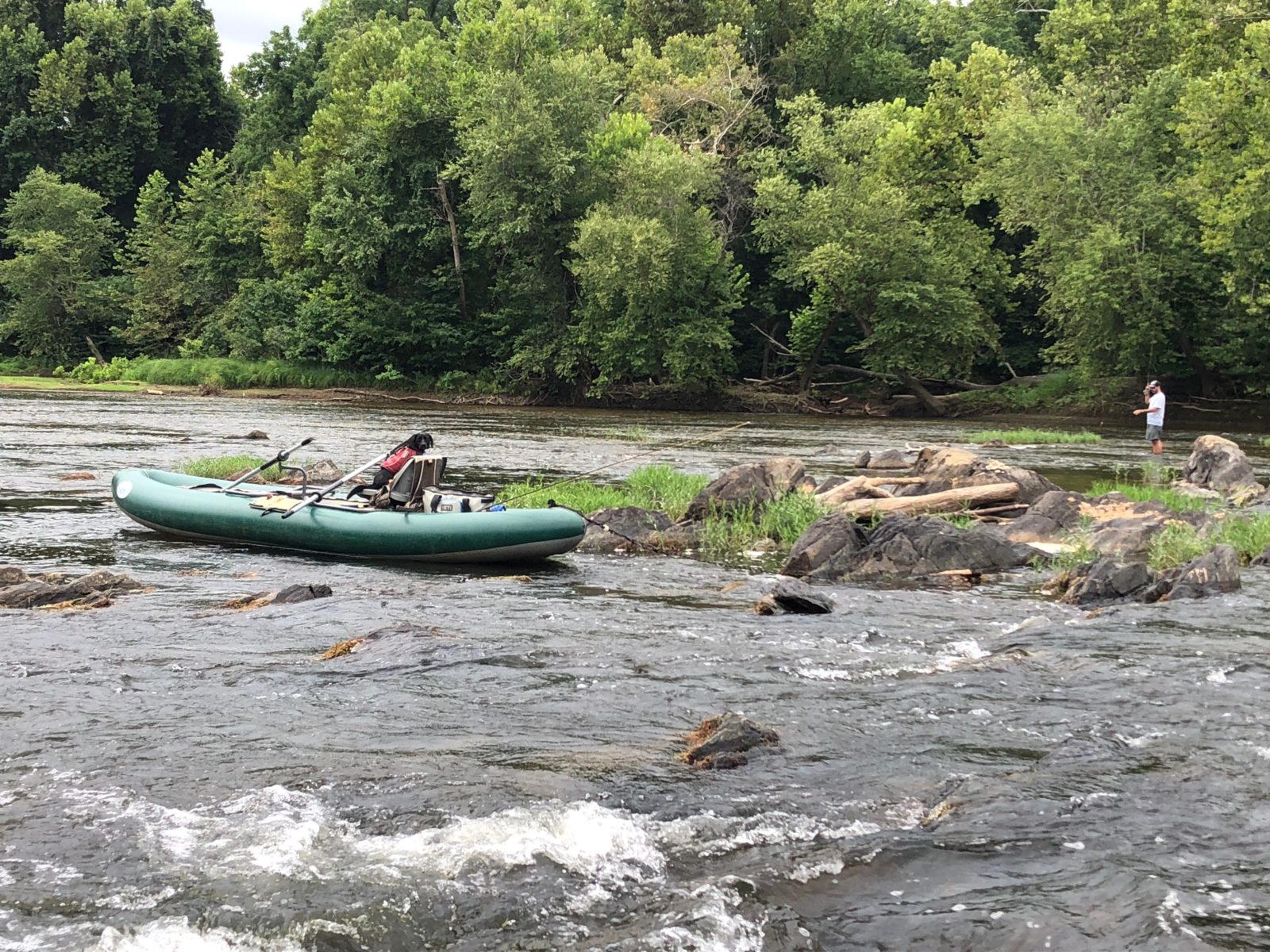
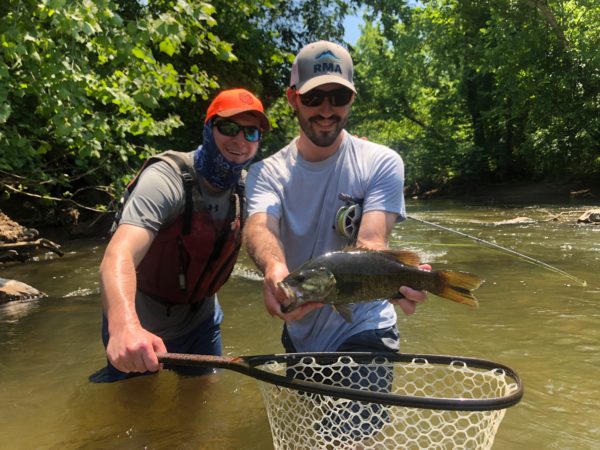
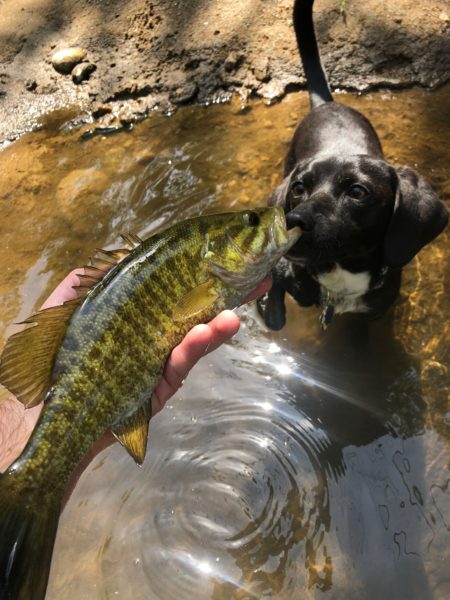

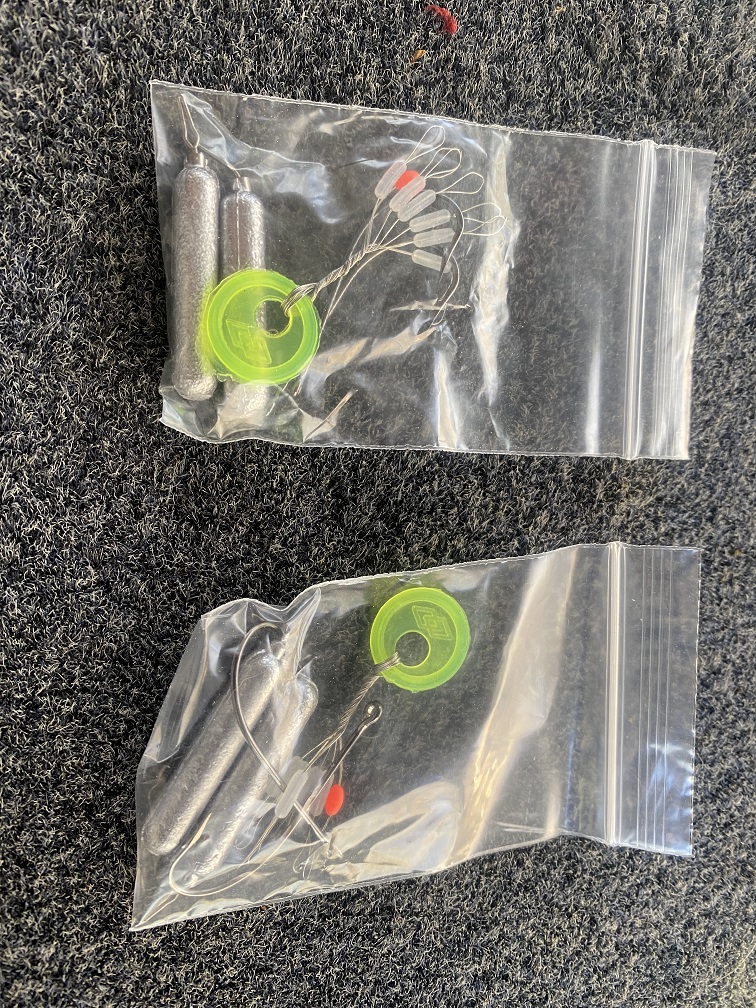
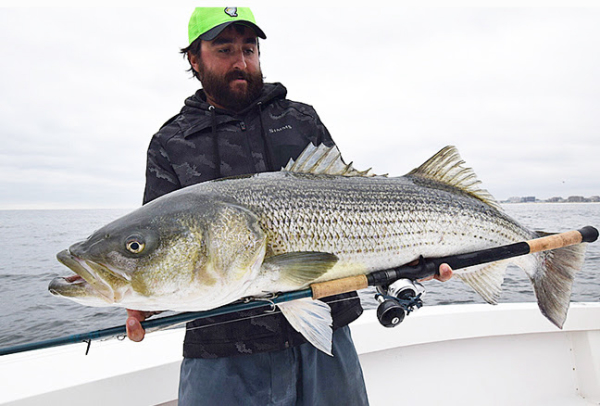 Radlof says the bass are primarily feeding on adult bunker inshore.
Radlof says the bass are primarily feeding on adult bunker inshore. 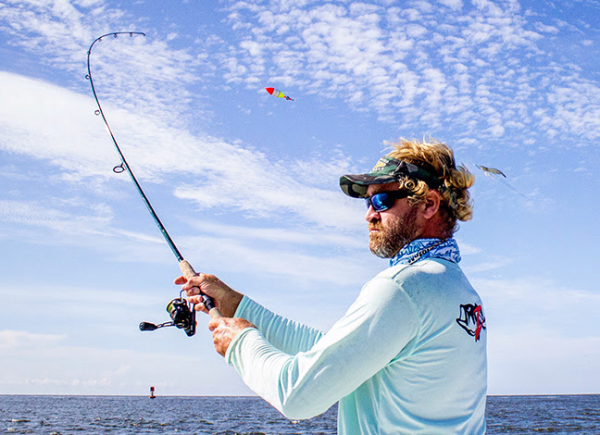 Carter is finding success on bigger trout with topwaters and suspending twitch baits, and well as Z-Man
Carter is finding success on bigger trout with topwaters and suspending twitch baits, and well as Z-Man 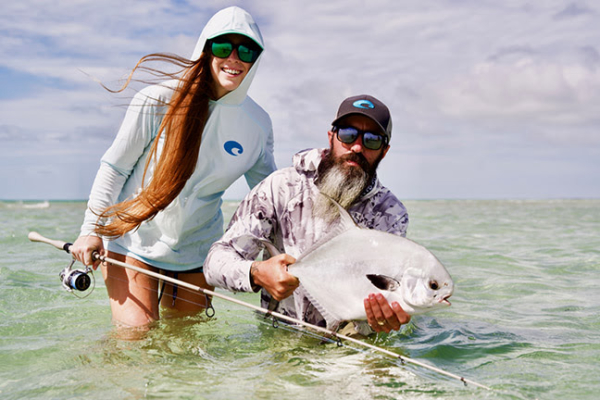 Brown touts sight fishing the flats this time of year when conditions are favorable. “I like to pair a 3000 series spinning reel with a St. Croix 7’, medium-light power, new
Brown touts sight fishing the flats this time of year when conditions are favorable. “I like to pair a 3000 series spinning reel with a St. Croix 7’, medium-light power, new  Sanderson drills down on Triumph Inshore’s varied handle options. “I preferred the 7’ version a bit better with the longer, full cork handle because I prefer to cast with two hands, but found the shorter-handled 6’8” split-grip an ideal option for wading. It’s rare to find a casting rod that performs with the lightweight jigs and baits I use so much of the time, and both of these rods excelled.”Sanderson and Gonzalez were impressed with the new Triumph Inshore rods from the start. “When I unpackaged these rods, the first thing I noticed was the surprisingly high quality of the cork and their beautiful finish,” Sanderson says.
Sanderson drills down on Triumph Inshore’s varied handle options. “I preferred the 7’ version a bit better with the longer, full cork handle because I prefer to cast with two hands, but found the shorter-handled 6’8” split-grip an ideal option for wading. It’s rare to find a casting rod that performs with the lightweight jigs and baits I use so much of the time, and both of these rods excelled.”Sanderson and Gonzalez were impressed with the new Triumph Inshore rods from the start. “When I unpackaged these rods, the first thing I noticed was the surprisingly high quality of the cork and their beautiful finish,” Sanderson says.  Virginia anglers are truly blessed with an abundance of trout streams in the Commonwealth. The diversity of these streams provides opportunities for every trout angler whether you prefer fishing for wild trout or stocked trout, spin fishing or fly fishing, or fishing with bait versus artificial flies and lures. No matter what you enjoy, Virginia has you covered.
Virginia anglers are truly blessed with an abundance of trout streams in the Commonwealth. The diversity of these streams provides opportunities for every trout angler whether you prefer fishing for wild trout or stocked trout, spin fishing or fly fishing, or fishing with bait versus artificial flies and lures. No matter what you enjoy, Virginia has you covered. DWR Fisheries Biologist, Steve Owens, hooked up at the Clinch Mountain Fee Fishing area.
DWR Fisheries Biologist, Steve Owens, hooked up at the Clinch Mountain Fee Fishing area.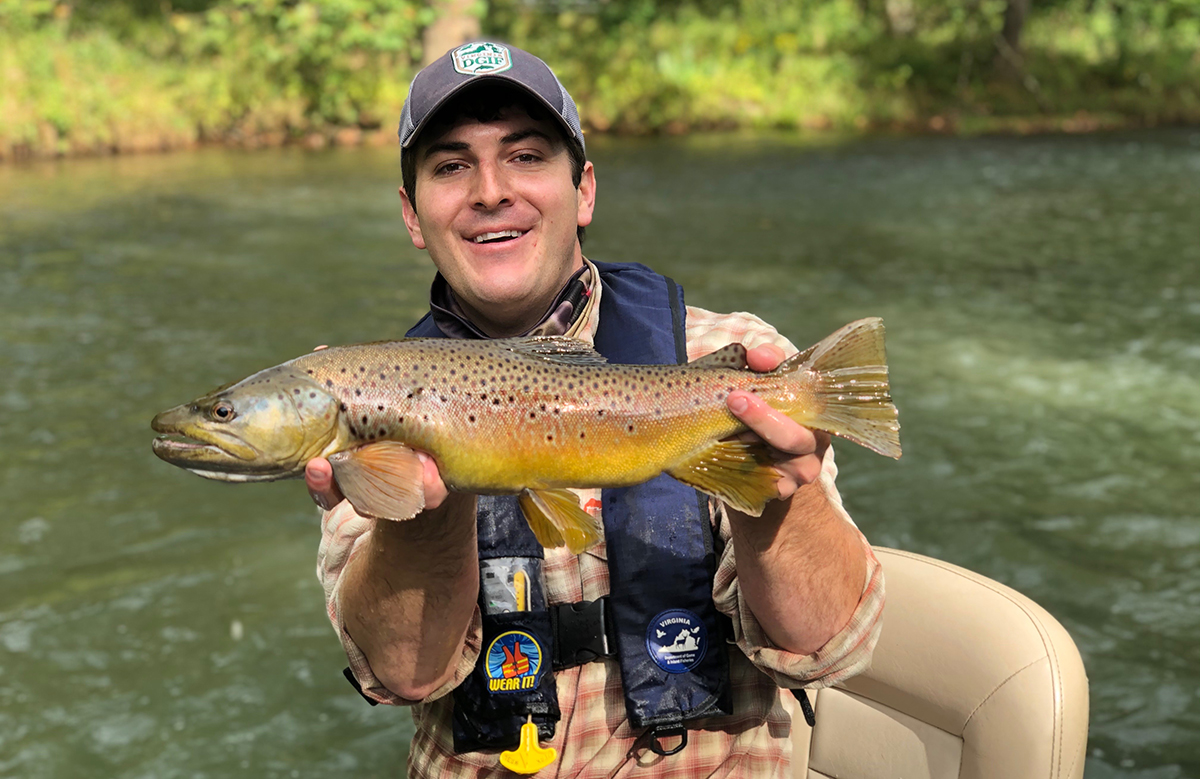 The author with a 21″ brown trout caught on a large streamer while floating the Jackson River tailwater.
The author with a 21″ brown trout caught on a large streamer while floating the Jackson River tailwater.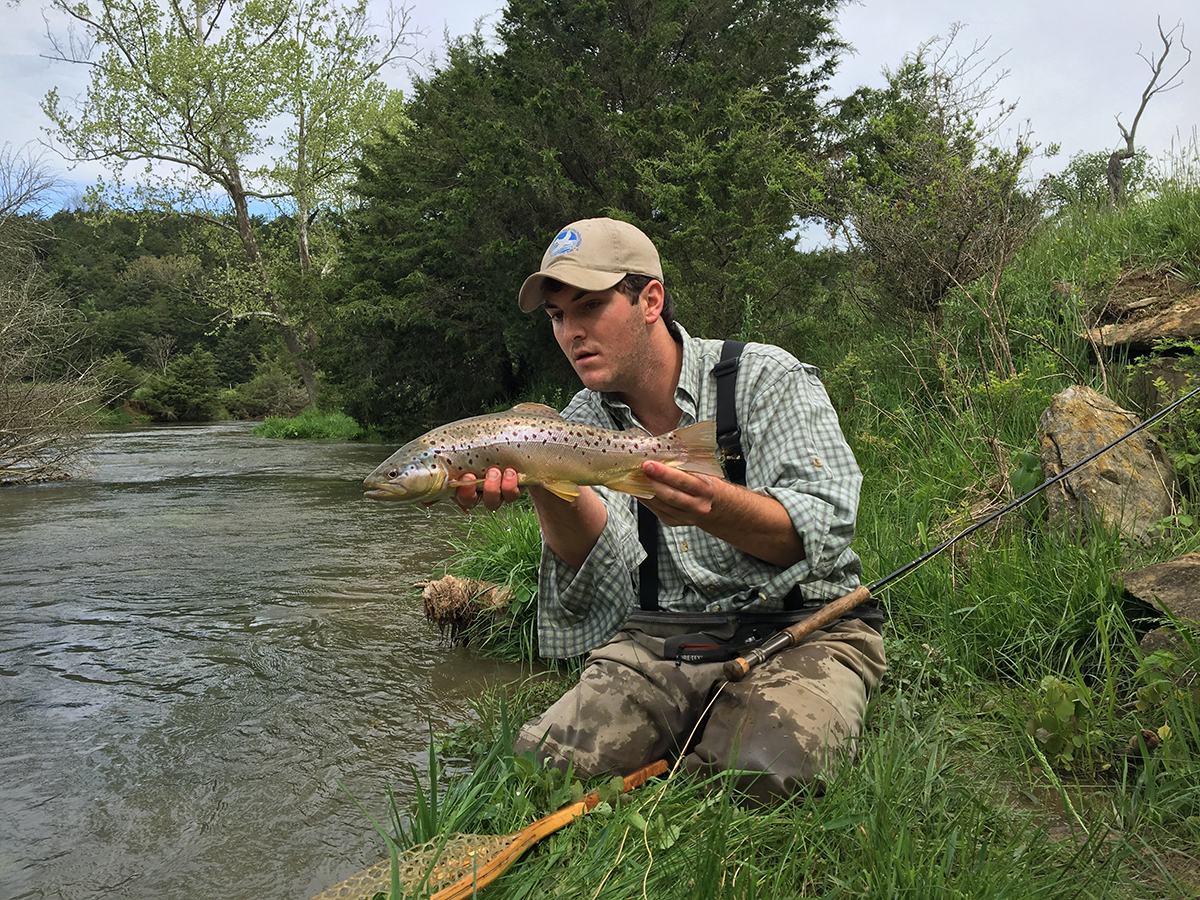 The author with a nice brown trout from the upper section of the public stretch on Mossy Creek.
The author with a nice brown trout from the upper section of the public stretch on Mossy Creek. Pictured above: Frabill’s new Ice Hunter Series Flip-Over Shelter
Pictured above: Frabill’s new Ice Hunter Series Flip-Over Shelter Pictured above: Frabill’s new Ice Hunter Finesse Spinning Combo
Pictured above: Frabill’s new Ice Hunter Finesse Spinning Combo Pictured above: XL Ice Combo Case5.
Pictured above: XL Ice Combo Case5.